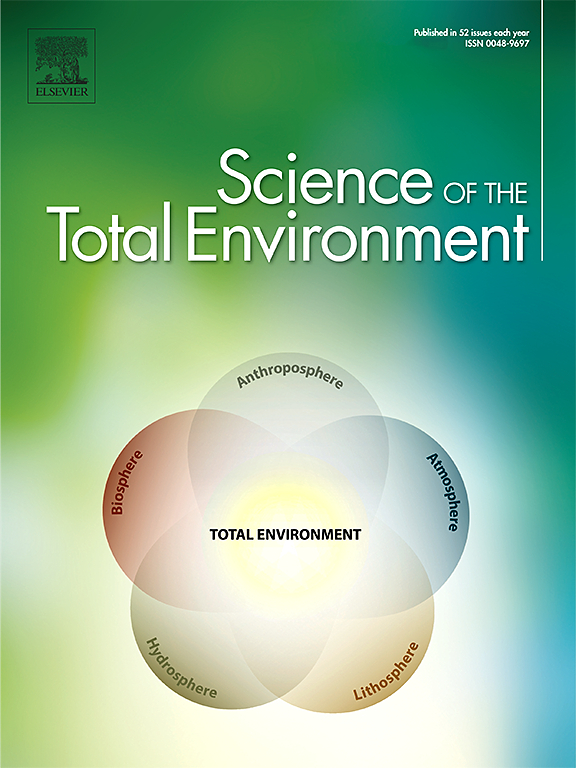Observed CO2 concentration reveals steep decrease of anthropogenic emissions in winters of 2021 and 2022 in Hangzhou and Yangtze River Delta region, China
IF 8.2
1区 环境科学与生态学
Q1 ENVIRONMENTAL SCIENCES
引用次数: 0
Abstract
After the initial prevention of COVID-19 in early 2020, China gradually lifted its control measures in the latter half of 2020, leading to a rebound in anthropogenic CO2 emissions. However, the emergence of a COVID-19 variant in late 2021, particularly in densely populated and economically developed areas, prompted the reimplementation of stringent confinement measures. Furthermore, with the policy shift towards achieving “herd immunity”, China fully lifted pandemic control measures in December 2022, resulting in the unrestricted movement of residents and facilitating the widespread transmission of COVID-19 in the ensuing months. But to our knowledge, no studies have yet quantified the relative changes in CO2 emissions during these successive phases, representing a significant knowledge gap in understanding the impact of varying control measures on anthropogenic CO2 emissions at both city and regional scales. Consequently, we selected Hangzhou city and the Yangtze River Delta (YRD) region as our study area due to their status as economically developed and densely populated regions in China. In order to mitigate the influence of biological CO2 flux, we utilized wintertime atmospheric CO2 observations at two urban and rural sites, along with their gradient, across three years (December 2020–February 2023). We employed two distinct methods with the WRF-STILT model to quantify the relative changes in CO2 emissions. Our findings indicate that (1) atmospheric CO2 concentrations at both sites and their gradients in 2022 were significantly lower than those observed in 2020, with modeled simulations using consistent emissions suggesting that changes in emissions were the predominant factor rather than variations in atmospheric transport processes; (2) After applying the source region partition method, anthropogenic CO2 emissions during the winter of 2021 decreased to 69.8 % ± 1.6 % in Hangzhou city when compared with 2020, while emissions in the YRD region dropped to 92.5 % ± 6.2 %. In winter 2022, emissions in Hangzhou city decreased to 79.9 % ± 1.9 %, and YRD region decreased to 82.0 % ± 7.2 % relative to 2020, highlighting substantial spatial heterogeneity from the city to the regional scale; (3) notably, the observed decreases in CO2 emissions in both Hangzhou and the YRD were not reflected in prior inventories, which indicated an annual increase of 8 % for 2021 and 2022, suggesting that even the most recent inventories fail to account for the prolonged emission reduction effects occurring over the preceding three years.

求助全文
约1分钟内获得全文
求助全文
来源期刊

Science of the Total Environment
环境科学-环境科学
CiteScore
17.60
自引率
10.20%
发文量
8726
审稿时长
2.4 months
期刊介绍:
The Science of the Total Environment is an international journal dedicated to scientific research on the environment and its interaction with humanity. It covers a wide range of disciplines and seeks to publish innovative, hypothesis-driven, and impactful research that explores the entire environment, including the atmosphere, lithosphere, hydrosphere, biosphere, and anthroposphere.
The journal's updated Aims & Scope emphasizes the importance of interdisciplinary environmental research with broad impact. Priority is given to studies that advance fundamental understanding and explore the interconnectedness of multiple environmental spheres. Field studies are preferred, while laboratory experiments must demonstrate significant methodological advancements or mechanistic insights with direct relevance to the environment.
 求助内容:
求助内容: 应助结果提醒方式:
应助结果提醒方式:


